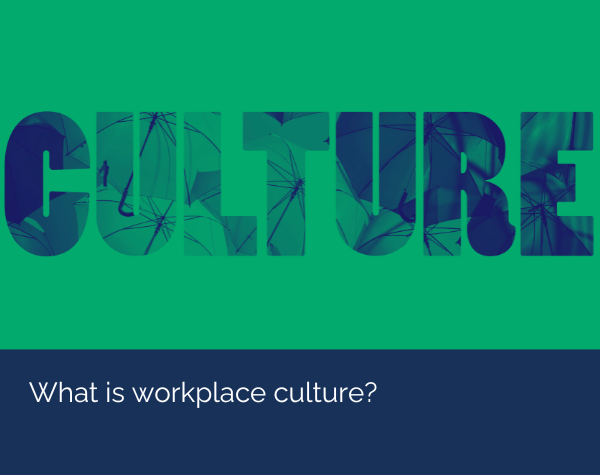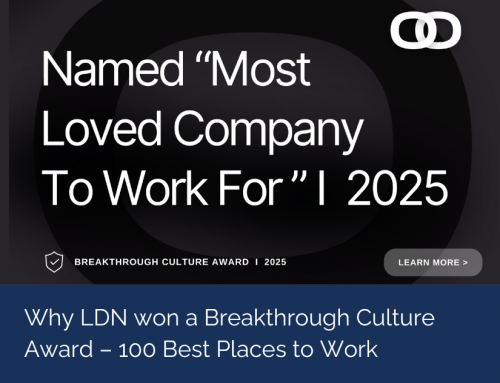
Discover what workplace culture really means, why it matters, and how leaders can actively shape it to improve safety, performance, and retention.
What is culture and what does workplace culture really mean?
Culture is one of the most overused and misunderstood words in business. Before talking about culture change, we need to be clear on what it actually is.
At its core, culture is “the way we do things around here.” More precisely, it’s the shared behaviours, values, expectations, and visible habits of two or more people working together. It influences how decisions are made, how teams solve problems, and how people are treated—even when no one is watching.
Workplace culture is how these behaviours show up in your organisation. It’s not fixed. It evolves every day based on what leaders prioritise, ignore, or reward. You can’t switch culture on or off. But you can shape it.
When someone says, “Our culture needs to change,” what they really mean is, “We need a culture that better supports our goals.”
Why reshape your workplace culture?
Organisations usually seek to reshape culture for two reasons:
- The current culture is working against them – maybe safety is slipping, morale is low, behaviours are inconsistent or people keep leaving.
- The organisationis growing, shifting focus, or raising its standards, and the existing culture isn’t keeping up.
In both cases, culture becomes the key to unlocking performance. It either supports your strategy or undermines it.
What happens when culture goes wrong?
Think of a team where issues are brushed aside, feedback is avoided, and exclusion or sarcasm go unchecked. Over time, trust fades, communication breaks down, and psychological safety disappears. Safety shortcuts creep in. Engagement drops. Results suffer.
Silence in this environment isn’t neutral. It’s a sign that people have stopped believing change is possible. And what leaders walk past, they permit.
What strong workplace culture looks like
In high-performing organisations, leadership culture, safety culture, and quality culture all align. People feel respected and empowered. They raise concerns early. They collaborate, solve problems, and take pride in what they deliver.
And the culture it’s consistent. You can’t have strong leadership development and poor safety practices. One weak area undermines the others.
Culture is built, not wished for
You can’t simply declare a new culture. You have to build it – with intention, structure, and follow-through.
At LDN, we guide organisations through a practical six-step process to shape a culture that works:
-
- Identify where you are now – your values, behaviours, performance, strategy.
- Define where you want to be.
- Describe the leadership behaviours needed to get there.
- Engage your people in building those behaviours across the business.
- Measure cultural change using real data.





